Toothpaste Hacks That Work: Who knew that humble tube of toothpaste held so much potential beyond just keeping our pearly whites sparkling? I’m constantly amazed by the clever and unexpected uses people have discovered for everyday items, and toothpaste is definitely a star player in the DIY world.
From ancient civilizations using abrasive powders to clean their teeth to the modern fluoride-infused pastes we know today, toothpaste has come a long way. But its cleaning and polishing properties extend far beyond oral hygiene. Think about it – it’s designed to remove stubborn stains and plaque from our teeth, so why not harness that power for other household tasks?
In this article, I’m going to share some of the most effective and surprising toothpaste hacks that work. We’ll explore how you can use this readily available product to tackle everything from removing scuff marks on your shoes to polishing silverware. These DIY tricks are not only budget-friendly, but they also offer a sustainable alternative to harsh chemical cleaners. So, grab your tube of toothpaste, and let’s dive into the world of creative cleaning and problem-solving!
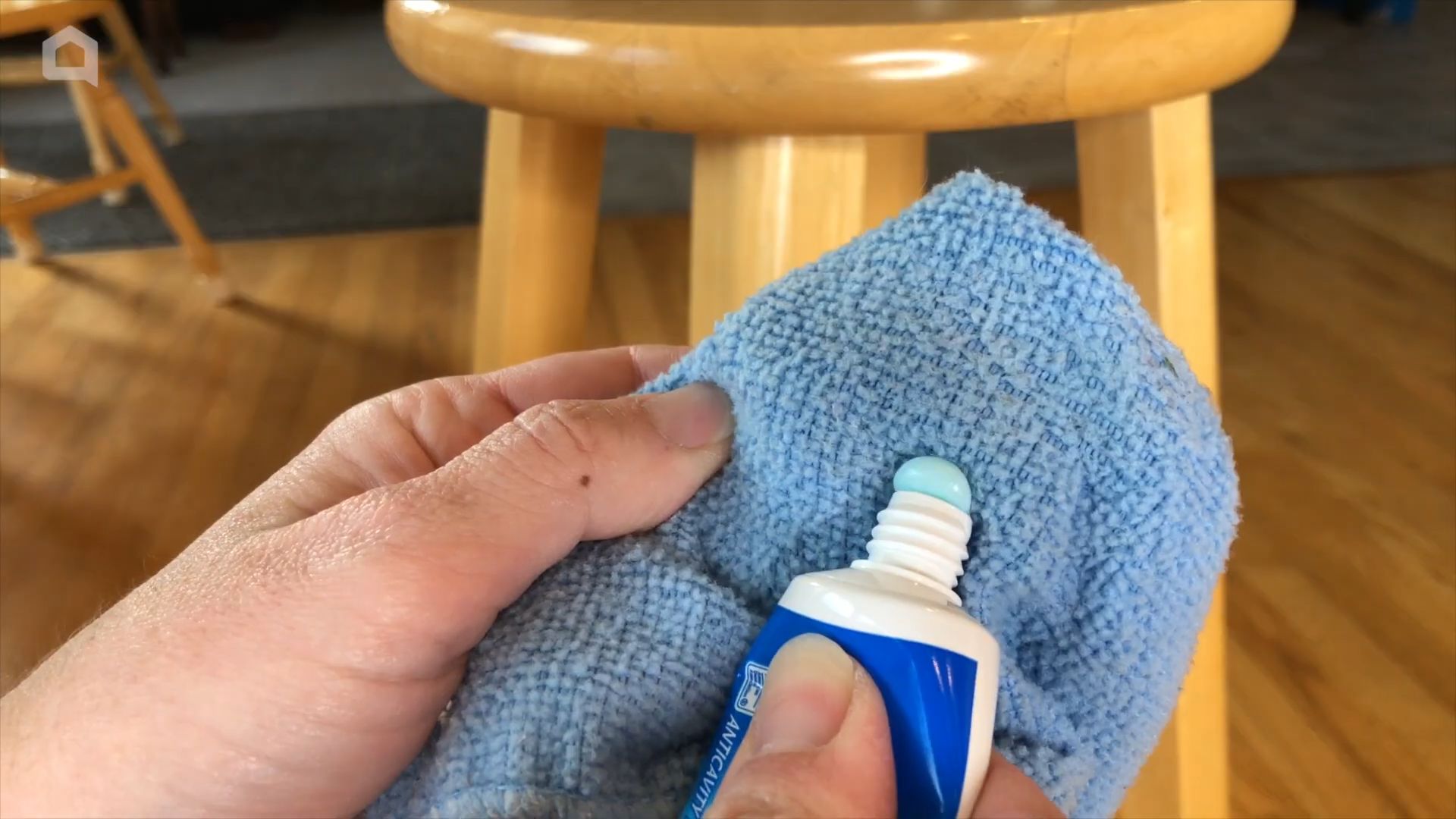
Toothpaste Hacks That Work: Beyond Just Brushing!
Okay, let’s be honest, we all know toothpaste is for keeping our pearly whites sparkling. But did you know this minty marvel can do so much more? I’ve been experimenting with toothpaste hacks for ages, and I’m excited to share some of my absolute favorites that actually work! Get ready to be amazed!
Cleaning Powerhouse: Toothpaste to the Rescue!
Toothpaste is a mild abrasive, which makes it fantastic for cleaning certain surfaces. Just remember to test it in an inconspicuous area first, especially on delicate materials. We don’t want any accidental damage!
Polishing Silverware and Jewelry
Tarnished silverware and dull jewelry? Toothpaste to the rescue! This is one of my go-to hacks for bringing back the shine.
What you’ll need:
* Toothpaste (non-gel, plain white is best)
* Soft cloth or toothbrush
* Water
Step-by-step instructions:
1. Apply a small amount of toothpaste: Squeeze a pea-sized amount of toothpaste onto your soft cloth or toothbrush.
2. Gently rub the item: Gently rub the toothpaste onto the tarnished silverware or jewelry. Use circular motions and apply light pressure. For intricate details, a soft toothbrush works wonders.
3. Rinse thoroughly: Rinse the item thoroughly with warm water, making sure to remove all traces of toothpaste.
4. Dry and buff: Dry the item with a clean, soft cloth. Buff it gently to restore its shine.
Removing Scuff Marks from Leather Shoes
Those pesky scuff marks on your favorite leather shoes can be a real eyesore. But don’t despair! Toothpaste can help.
What you’ll need:
* Toothpaste (non-gel, plain white is best)
* Soft cloth
* Water
Step-by-step instructions:
1. Apply toothpaste to the scuff mark: Apply a small amount of toothpaste directly onto the scuff mark.
2. Gently rub the area: Gently rub the toothpaste into the scuff mark using a soft cloth. Use circular motions.
3. Wipe away excess toothpaste: Wipe away the excess toothpaste with a damp cloth.
4. Dry the area: Allow the area to dry completely.
Cleaning Chrome Fixtures
Chrome fixtures in your bathroom and kitchen can easily become dull and water-stained. Toothpaste can bring back their sparkle.
What you’ll need:
* Toothpaste (non-gel, plain white is best)
* Soft cloth or sponge
* Water
Step-by-step instructions:
1. Apply toothpaste to the fixture: Apply a small amount of toothpaste to the chrome fixture.
2. Rub the fixture: Rub the toothpaste onto the fixture using a soft cloth or sponge.
3. Rinse thoroughly: Rinse the fixture thoroughly with water, making sure to remove all traces of toothpaste.
4. Dry and buff: Dry the fixture with a clean, soft cloth. Buff it gently to restore its shine.
Cleaning Iron Soleplate
Burnt residue on your iron soleplate can make ironing a nightmare. Toothpaste can help remove it.
What you’ll need:
* Toothpaste (non-gel, plain white is best)
* Soft cloth
* Water
Step-by-step instructions:
1. Make sure the iron is cool and unplugged: This is crucial for safety!
2. Apply toothpaste to the soleplate: Apply a thin layer of toothpaste to the cool iron soleplate.
3. Gently rub the soleplate: Gently rub the toothpaste onto the soleplate using a soft cloth. Focus on the burnt areas.
4. Wipe away excess toothpaste: Wipe away the excess toothpaste with a damp cloth.
5. Dry the soleplate: Dry the soleplate thoroughly before using the iron again.
Beauty Boosters: Toothpaste for Skin and Nails
Okay, this is where things get a little more interesting! Toothpaste can be used for some surprising beauty hacks, but remember to use it sparingly and always test it on a small area of skin first.
Spot Treatment for Pimples
This is probably the most well-known toothpaste hack. Toothpaste can help dry out pimples and reduce inflammation.
What you’ll need:
* Toothpaste (non-gel, plain white is best)
* Cotton swab
Step-by-step instructions:
1. Cleanse your face: Cleanse your face thoroughly before applying toothpaste.
2. Apply toothpaste to the pimple: Using a cotton swab, apply a small amount of toothpaste directly onto the pimple.
3. Leave it on overnight: Leave the toothpaste on overnight.
4. Rinse in the morning: Rinse the toothpaste off in the morning with warm water.
Important Note: This hack works best on pimples that are already close to the surface. Avoid using it on open wounds or sensitive skin. And don’t use whitening toothpaste, as it can be too harsh.
Brightening Yellowed Nails
If your nails are looking a little yellow, toothpaste can help brighten them up.
What you’ll need:
* Toothpaste (non-gel, plain white is best)
* Soft toothbrush
Step-by-step instructions:
1. Apply toothpaste to your nails: Apply a small amount of toothpaste to your nails.
2. Gently scrub your nails: Gently scrub your nails with a soft toothbrush for a few minutes.
3. Rinse thoroughly: Rinse your nails thoroughly with water.
4. Moisturize your hands: Moisturize your hands and nails after rinsing.
Household Helpers: Toothpaste for Everyday Problems
Toothpaste isn’t just for cleaning and beauty; it can also be a handy tool for solving everyday household problems.
Removing Crayon Marks from Walls
Kids and crayons… a classic combination that often leads to colorful walls. Toothpaste can help remove those crayon masterpieces.
What you’ll need:
* Toothpaste (non-gel, plain white is best)
* Soft cloth
* Water
Step-by-step instructions:
1. Apply toothpaste to the crayon marks: Apply a small amount of toothpaste directly onto the crayon marks.
2. Gently rub the area: Gently rub the toothpaste into the crayon marks using a soft cloth.
3. Wipe away excess toothpaste: Wipe away the excess toothpaste with a damp cloth.
4. Dry the area: Allow the area to dry completely.
Important Note: Test this hack in an inconspicuous area first to make sure it doesn’t damage the paint.
Defogging Bathroom Mirrors
Foggy bathroom mirrors after a hot shower are annoying. Toothpaste can help prevent them.
What you’ll need:
* Toothpaste (non-gel, plain white is best)
* Soft cloth
* Water
Step-by-step instructions:
1. Apply a thin layer of toothpaste to the mirror: Apply a thin layer of toothpaste to the entire surface of the mirror.
2. Wipe away the toothpaste: Wipe away the toothpaste with a damp cloth until the mirror is clear.
3. Buff the mirror: Buff the mirror with a clean, dry cloth.
Soothing Minor Burns
For minor burns (like from a hot pan), toothpaste can provide temporary relief.
What you’ll need:
* Toothpaste (non-gel, plain white is best)
* Water
Step-by-step instructions:
1. Cool the burn with water: Immediately cool the burn with cool (not cold) running water for several minutes.
2. Apply a thin layer of toothpaste: Apply a thin layer of toothpaste to the burn.
3. Leave it on until the pain subsides: Leave the toothpaste on until the pain subsides.
4. Rinse gently: Rinse the toothpaste off gently with cool water.
Important Note: This is only for minor burns. For serious burns, seek medical attention immediately.
Removing Water Rings from Wood Furniture
Those dreaded water rings on your wooden furniture can be a real pain. Toothpaste can sometimes help.
What you’ll need:
* Toothpaste (non-gel, plain white is best)
* Soft cloth
* Water
Step-by-step instructions:
1. Apply toothpaste to the water ring: Apply a small amount of toothpaste directly onto the water ring.
2. Gently rub the area: Gently rub the toothpaste into the water ring using a soft cloth. Use circular motions.
3. Wipe away excess toothpaste:
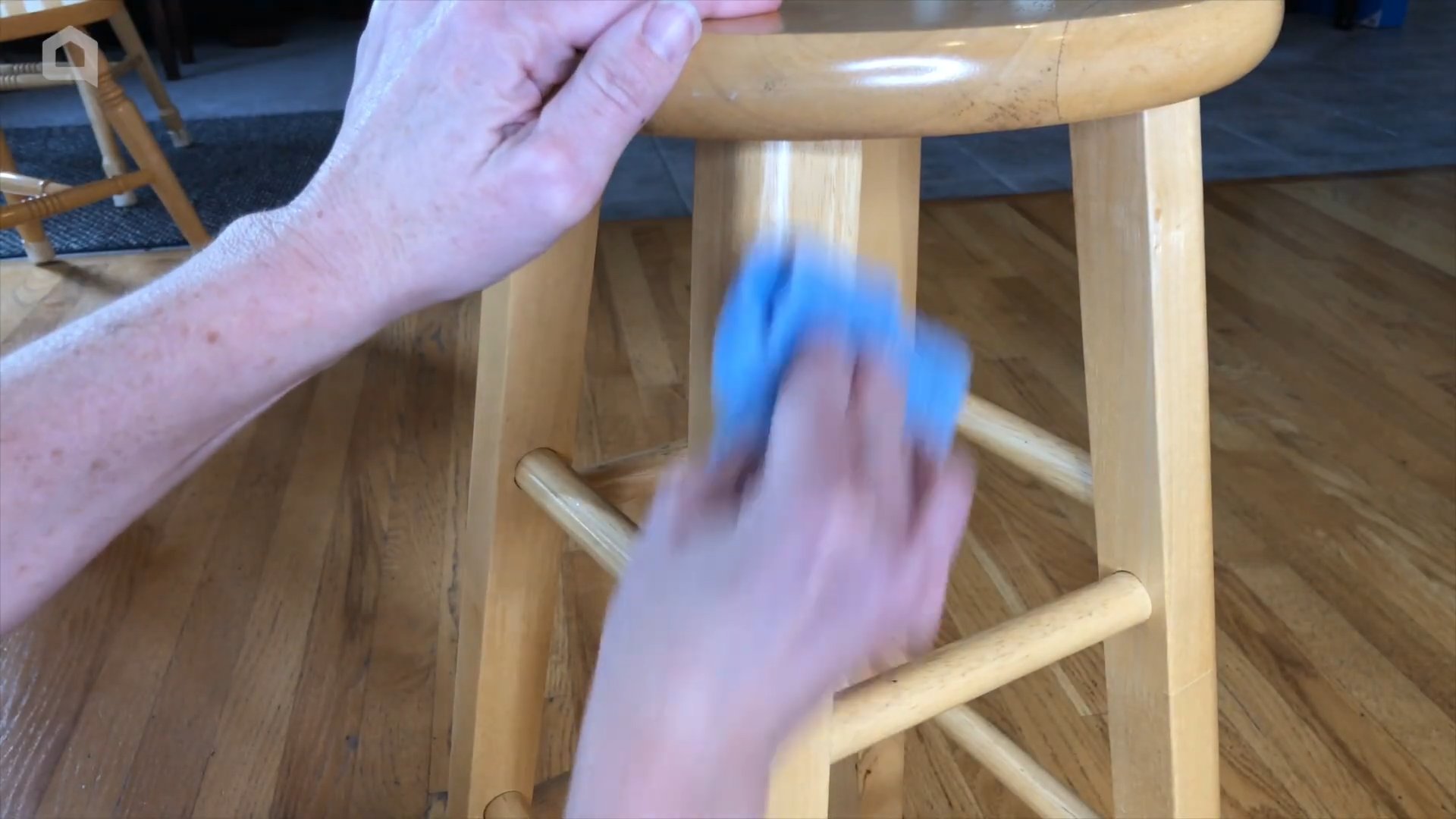
Conclusion
So, there you have it – a collection of toothpaste hacks that will revolutionize how you think about that humble tube sitting in your bathroom. We’ve explored how this everyday item can be so much more than just a teeth cleaner, offering solutions for everything from stubborn stains to minor skin irritations. The beauty of these DIY tricks lies in their simplicity and accessibility. You likely already have toothpaste on hand, making these solutions incredibly convenient and cost-effective.
Why is this a must-try? Because it empowers you to tackle everyday problems with a readily available resource. Imagine effortlessly removing scuff marks from your shoes, polishing your silverware to a gleaming shine, or even soothing a pesky bug bite with something you already own. These toothpaste hacks are not just about saving money; they’re about simplifying your life and discovering the hidden potential in everyday items.
Consider these variations to further personalize your experience. For tougher stains on clothing, try mixing a small amount of baking soda with your toothpaste for added abrasive power. When polishing jewelry, use a soft-bristled toothbrush to gently work the toothpaste into intricate designs. And for skin irritations, always test a small, inconspicuous area first to ensure you don’t have an adverse reaction. Remember, non-gel toothpaste generally works best for these hacks due to its thicker consistency and abrasive properties. Experiment with different types of toothpaste to find what works best for your specific needs. You might find that a whitening toothpaste provides an extra boost for certain cleaning tasks, while a sensitive toothpaste is gentler on delicate surfaces.
We’ve covered a wide range of applications, but the possibilities don’t end here. We encourage you to explore and discover even more innovative uses for toothpaste. Think about those persistent water stains on your wooden furniture, the dullness on your chrome fixtures, or even the sticky residue left behind by stickers. Toothpaste might just be the answer you’ve been looking for.
Don’t just take our word for it – try these toothpaste hacks for yourself! We’re confident that you’ll be amazed by the results. And most importantly, we want to hear about your experiences. Share your successes, your challenges, and any new toothpaste tricks you discover in the comments below. Let’s create a community of resourceful individuals who are constantly finding new and innovative ways to utilize this everyday essential. Your insights could help others unlock the full potential of toothpaste and simplify their lives. So go ahead, grab that tube of toothpaste and get ready to be amazed!
Frequently Asked Questions (FAQ)
What kind of toothpaste works best for these hacks?
Generally, non-gel toothpaste is recommended for most of these hacks. This is because non-gel toothpaste typically has a thicker consistency and contains abrasive ingredients that are more effective for cleaning and polishing. Gel toothpaste, on the other hand, tends to be smoother and less abrasive, making it less suitable for tasks like stain removal or polishing metal. However, depending on the specific task, you might find that a gel toothpaste works just fine. For example, for soothing minor burns or insect bites, the type of toothpaste may not matter as much. Experiment to see what works best for you. Avoid using toothpaste with added ingredients like charcoal or glitter, as these could potentially cause damage or staining.
Are these toothpaste hacks safe for all surfaces?
No, not all surfaces are suitable for toothpaste application. It’s crucial to exercise caution and test a small, inconspicuous area first before applying toothpaste to the entire surface. Avoid using toothpaste on delicate or easily scratched materials like painted surfaces, certain types of plastic, or sensitive fabrics. The abrasive nature of toothpaste can damage these materials. For delicate items, consider diluting the toothpaste with water or using a gentler cleaning agent. Always research the specific material you’re cleaning to ensure that toothpaste is a safe and appropriate option.
Can I use toothpaste to remove stains from clothing?
Yes, toothpaste can be effective for removing certain types of stains from clothing, particularly oily or greasy stains. However, it’s essential to act quickly and treat the stain as soon as possible. Apply a small amount of non-gel toothpaste directly to the stain and gently rub it in with a soft cloth or toothbrush. Let it sit for a few minutes, then rinse thoroughly with cold water. Repeat the process if necessary. Avoid using toothpaste on delicate fabrics or colored clothing, as it may cause discoloration. Always test a small, hidden area of the fabric first to ensure that the toothpaste doesn’t damage or fade the material.
Is it safe to use toothpaste on my skin?
Toothpaste can be used to treat minor skin irritations like pimples or insect bites, but it’s crucial to use it sparingly and with caution. The ingredients in toothpaste, such as baking soda and hydrogen peroxide, can help to dry out pimples and reduce inflammation. However, toothpaste can also be irritating to the skin, especially if you have sensitive skin. Apply a small amount of non-gel toothpaste directly to the affected area and leave it on for a short period of time, typically no more than 15-20 minutes. Rinse thoroughly with water and moisturize the area afterward. Avoid using toothpaste on open wounds, cuts, or burns. If you experience any redness, itching, or irritation, discontinue use immediately.
How can I polish silverware with toothpaste?
Toothpaste can be an effective and affordable way to polish silverware and restore its shine. Apply a small amount of non-gel toothpaste to a soft cloth and gently rub it onto the silverware, focusing on areas that are tarnished or dull. Use a circular motion to buff the silverware until it shines. Rinse thoroughly with warm water and dry with a clean, soft cloth. For intricate designs or hard-to-reach areas, use a soft-bristled toothbrush to gently work the toothpaste into the crevices. Avoid using abrasive scrubbers or harsh chemicals, as they can scratch or damage the silverware.
Will toothpaste whiten my teeth if I leave it on longer?
While some people believe that leaving toothpaste on their teeth longer will enhance its whitening effect, this is generally not recommended and can even be harmful. Toothpaste is designed to be used for a short period of time, typically two minutes, and then rinsed away. Leaving toothpaste on your teeth for an extended period can expose your enamel to abrasive ingredients, which can lead to sensitivity and damage. Furthermore, swallowing toothpaste can be harmful due to its fluoride content. For optimal teeth whitening, consult with your dentist about professional whitening treatments or use over-the-counter whitening products as directed.
Can I use expired toothpaste for these hacks?
While expired toothpaste may not be as effective for its intended purpose of cleaning teeth, it can still be used for many of these DIY hacks. The abrasive properties of toothpaste remain even after the expiration date, making it suitable for tasks like cleaning, polishing, and stain removal. However, keep in mind that the effectiveness of expired toothpaste may be reduced, so you may need to use a larger amount or apply more pressure. If the toothpaste has become dried out or hardened, it may not be suitable for use.
Are there any surfaces I should absolutely avoid using toothpaste on?
Yes, there are several surfaces that you should avoid using toothpaste on to prevent damage or discoloration. These include:
* **Painted surfaces:** Toothpaste can scratch or dull the paint.
* **Certain plastics:** Some plastics can be damaged or discolored by toothpaste.
* **Delicate fabrics:** Toothpaste can stain or damage delicate fabrics like silk or lace.
* **Leather:** Toothpaste can dry out and crack leather.
* **Optical lenses:** Toothpaste can scratch the delicate coating on eyeglasses or camera lenses.
* **Gold-plated items:** The abrasive nature of toothpaste can wear away the gold plating.
Always test a small, inconspicuous area first before applying toothpaste to any surface to ensure that it doesn’t cause damage.

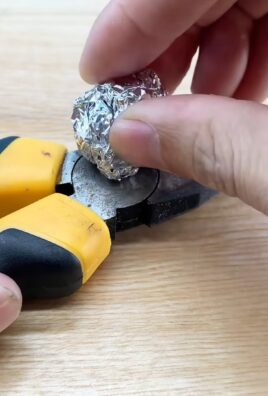
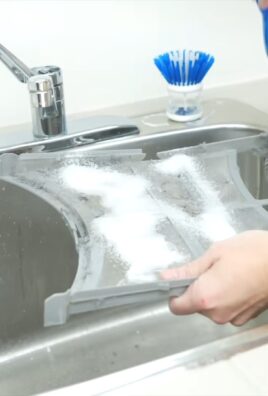
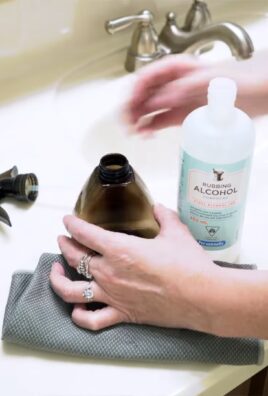
Leave a Comment